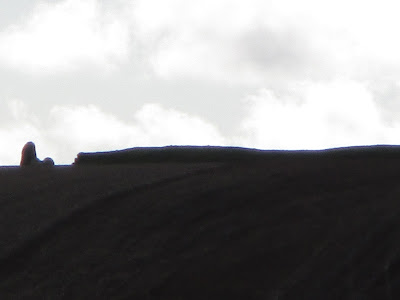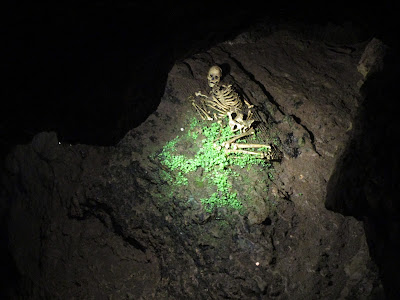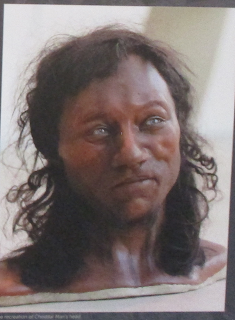Pre-Roman Britain
 |
| Stonehenge Before recorded history began in the vast green lands of England, Scotland and Wales many nomadic Celtic tribes habited the land and have left behind many artefacts to give us a glimpse into their existence before the Romans established Britannia. StonehengeOther than a vast number of spearheads and tools that are on display in such museums as the Museum of London and Museum of Liverpool, there are several permanent reminders of the early Celts that roamed the land. Of course, the most famous of these is Stonehenge, which is one of the seven Wonders of the World. The word 'henge' is actually self-descriptive as it refers to the 'ditch' dug around the circular formation of wood (and later, stone) pillars. Unlike today, the henge wasn't well protected, so throughout the centuries people would chip pieces of the 13-foot stones to take home with them. Estimated to have been constructed over millennia by a series of different peoples, we can only speculate as to how the stones were transported and where they came from. The area which was specifically selected by these peoples also holds great importance, with many theories about why it was chosen. Although Stonehenge is the most well-known of its kind, there are plenty of others throughout the island, and a TV series called Expedition Unknown was determined to find the 'first' henge of its kind (amazingly enough, it was found in Scotland). Driving outside of the heart of London into the quiet green countryside to visit this monument is a wonderful experience in and of itself because you leave the grime of the city to the calm and serenity of farm fields (and sheep). There is a newly constructed museum that delves into the construction of the henge and of the early humans that lived during that time. Avebury, WiltshireThe little village of Avebury is the only one built within a henge. This henge is comprised of three stone circles - one large and two smaller ones within the first. The heaviest of the stones are estimated to be 40 tons (2ooo pounds), and there is still mystery surrounding why the henge was built there. BarrowsWhen burying their deceased, the Celts created 'barrows' as graves. These are the mounds that are located around Stonehenge, Avebury and many other areas. Long barrows contain wood or stone-laden tunnels and chambers. The significance and use of the long barrows is again shrouded in mystery, with archeologists assuming that they were most likely used as places of worship. One large and well-preserved long barrow is the West Kennett Long Barrow, which I wasn't able to visit as we were experiencing extremely heavy rainfall and flooding. Silbury HillAlso on the way to Avebury is a large manmade mound named Silbury Hill, which is younger than the henges mentioned. Mostly composed of soil and chalk, this 30-metre high hill has yet to be understood. Several invasive digs into the hill have yet to find any evidence of its role, whether of a burial site or something else, and has seen one part of the hill collapse. Evidence of Early BritonsDiscovered in Gough's Cave in Cheddar Gorge, Somerset, the 10,000 year old skeleton has rewritten Britain's understanding of their ancestors. When studying the skeleton, it was discovered that this human had dark hair and skin and blue eyes. You can see an exhibit on him in London's Natural History Museum. |










Comments
Post a Comment